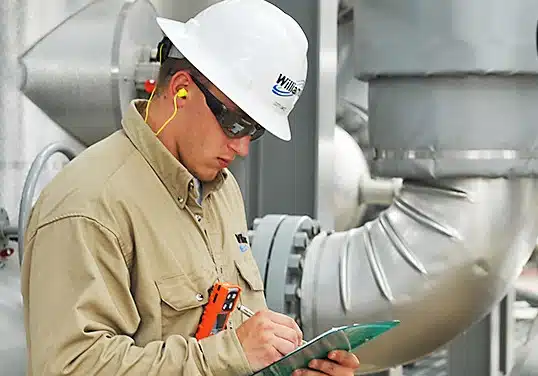QUPA is a Nondestructive Testing (NDT) technique to inspect materials for defects.
Ultrasonic Testing
Ultrasonic testing involves sending high-frequency sound waves into a material. By listening to the echoes that come back, we can find out if there are any cracks or defects inside. Think of it like using an echo to find out what’s in a dark cave.
Phased Array
A phased array is a group of small ultrasonic sensors (called elements) arranged together. By adjusting the timing of when each element sends out its sound wave, we can steer and focus the sound beam in different directions. Imagine a team of people clapping their hands in a pattern to create a focused sound wave.
Quantitative Ultrasonic Phased Array (QUPA)
QUPA takes the information gathered from the phased array and uses computer algorithms to create detailed images and measurements of the material’s interior. It’s like using advanced software to turn the echoes from the cave into a clear map showing all the cracks and details.
How QUPA Works:
1. Setup: The phased array probe is placed on the material to be tested.
2. Sound Waves: The probe sends out sound waves into the material.
3. Echoes: The sound waves bounce back from any internal features or defects.
4. Data Collection: The phased array captures the returning echoes.
5. Analysis: Computer algorithms process the echoes to create detailed images and measurements.
Applications
• Pipeline Inspection: Checking for cracks or corrosion in pipes.
• Aerospace: Ensuring the integrity of aircraft components.
• Manufacturing: Quality control of metal parts in cars and machinery.

#PAUT #QUPA

